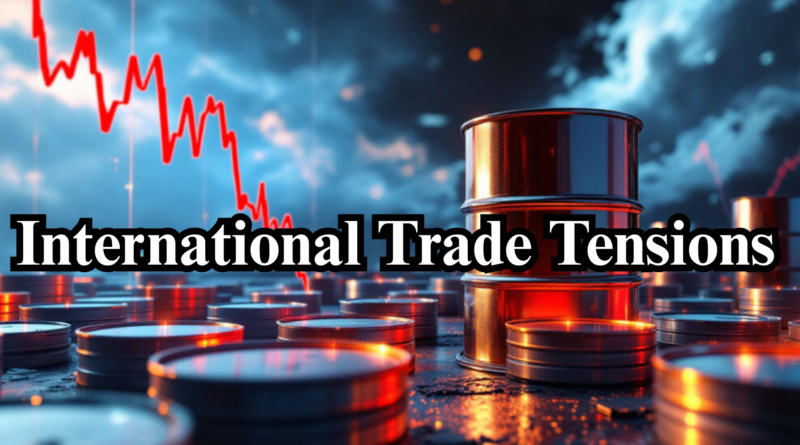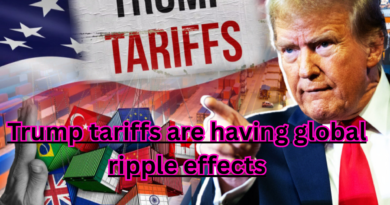International Trade Tensions & Oil‑Price Ripples
The global economic landscape is once again being rattled by a surge in protectionist trade policies, as the United States announced sweeping new tariffs. Starting August 1, a 30% tariff will be imposed on a wide range of goods imported from the European Union and Mexico. Additionally, the U.S. administration revealed a new wave of 10% tariffs targeting BRICS nations Brazil, Russia, India, China, and South Africa. These aggressive measures have reignited fears of a global trade war and drawn strong condemnation from affected countries.
Market reactions to the announcements have been swift and turbulent. Major stock indices across Europe and Asia witnessed sharp declines, while the U.S. dollar surged against multiple currencies due to a flight to perceived safety. Meanwhile, developing markets saw steep currency devaluations, especially among BRICS nations, whose export-dependent economies are vulnerable to such trade barriers. Investors are now grappling with increased uncertainty over supply chains, commodity costs, and central bank responses.
Oil prices, already on edge due to geopolitical tensions and constrained supply, experienced additional volatility. Brent crude surged past $95 per barrel, driven by fears that trade barriers could reduce global refinery efficiency and disrupt oil-related equipment and services. Many analysts believe that energy-dependent economies will face inflationary pressures, further complicating efforts to tame prices through monetary policy. The interconnected nature of oil markets makes them particularly sensitive to large-scale trade shifts.
Countries targeted by the new tariffs have vowed swift retaliation. The European Union is considering mirror tariffs on key U.S. exports, including automotive parts, machinery, and agricultural goods. China and India, already at odds with the U.S. over prior trade disputes, have hinted at forming a united front with other BRICS members to challenge the U.S. move at the World Trade Organization (WTO). This tit-for-tat escalation threatens to derail ongoing diplomatic efforts to stabilize global trade norms.
Domestically, the U.S. administration defends the new tariffs as a strategy to protect American jobs, rebalance trade deficits, and pressure foreign nations into fairer trade practices. Critics, however, argue that such measures are short-sighted and could backfire by triggering retaliatory tariffs, weakening exports, and raising prices for American consumers and manufacturers. Key industry groups, including the U.S. Chamber of Commerce, have warned of potential job losses and business closures, especially in agriculture and automotive sectors.
Looking ahead, the world watches with growing anxiety as trade tensions intensify. Global institutions such as the International Monetary Fund (IMF) and World Bank have issued warnings about slowing growth, urging nations to return to dialogue and de-escalation. Whether diplomacy can overcome rising nationalism and economic rivalry remains uncertain, but the economic ripples especially in oil and currency markets—are already being felt around the world.




